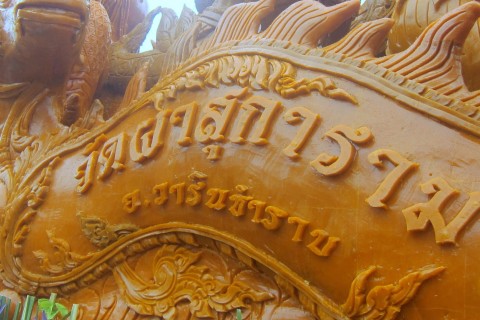

It cannot be practiced without the basis of the inner heat yoga, tummo, of which karmamudrā is an extension. The Buddhist scholar Tripitakamala felt the overall goal of Buddhahood overrides concerns for monastic vows. There are different stances on whether current monks can engage in the practice. Initiation into one of the anuttarayoga tantras allows sexual practice with a karmamudra.Īll Vajrayana traditions agree that qualified lay practitioners, including former monks who have given back their vows, can use physical consorts as the Vajrayana founders did.įor example, Atisa wrote that "Those (consecrations) on which the householder may rely include everything taught in the tantras." In the 'new' schools of Tibetan Buddhism a practitioner of the three lower classes of tantra is restricted to visualisation of a jnanamudra consort. He concludes "Thus it is not absolutely mandatory to rely on a physical karmamudra partner". However, some lamas disagree.įor example the Dalai Lama, head of the Gelug school, refers to a commentary on the abbreviated Kalachakra tantra by Kaydrub Norzang-gyatso that says practitioners of especially sharp faculties can achieve the same objectives with solely a jnanamudra partner.

For example modern day Gelug teachers such as Thubten Yeshe and Kelsang Gyatso have both made statements supporting this view.

This sadhana is a part of the Lamdre system of the Sakya school, the Kalachakra tantra central to the Gelug school and Anuyoga as practiced by the Nyingma school.Īccording to most Tibetan Buddhist teachers, karmamudra is necessary in order to attain enlightenment in this lifetime. Realising the true nature of passion in all of these forms transforms ordinary passion into the basis for the experience of great bliss ( mahasukha), which greatly accelerates the removal of emotional and mental obscurations in one's practice.Įarly masters of the Six Yogas of Naropa, placed great emphasis on karmamudra practice, with some giving it separate status as one of the six yogas whilst others saw it as an aspect of the inner heat yoga. Third, one can practice so-called sexual yoga ( karmamudra, lekyi chagya) with a consort. Second one can practice tummo ( caṇḍalī) or the generation of internal heat through the subtle body practices of the vital breath moving into the central channel. First in creation-phase practice one can visualize the yidams as yab-yum in sexual union. There are traditionally three ways to realise the nature of passion in the yogic tradition of Tantra.

Judith Simmer-Brown explains how karmamudra can be used to explore the nature of passion: Tantra uses skillful means to transform what could tie a practitioner to samsara into a spiritually liberative practice. When the consort is a visualised one they are known as the jnanamudra. las-kyi phyag-rgya) is a vajrayana buddhist technique of sexual practice with a physical or visualized consort. Karmamudrā ( Sanskrit " action seal," erroneously: kāmamudrā or " desire seal," Tib.


 0 kommentar(er)
0 kommentar(er)
